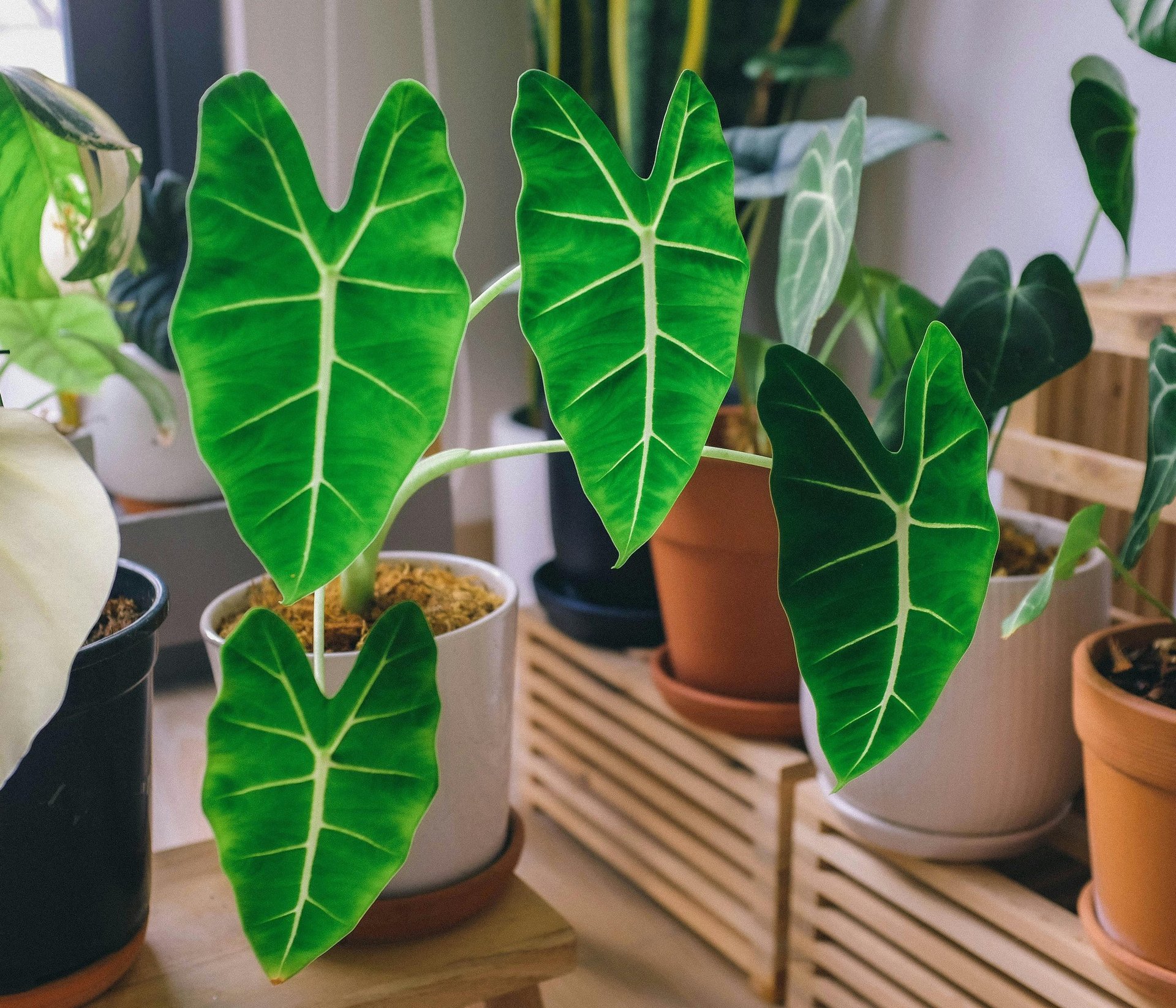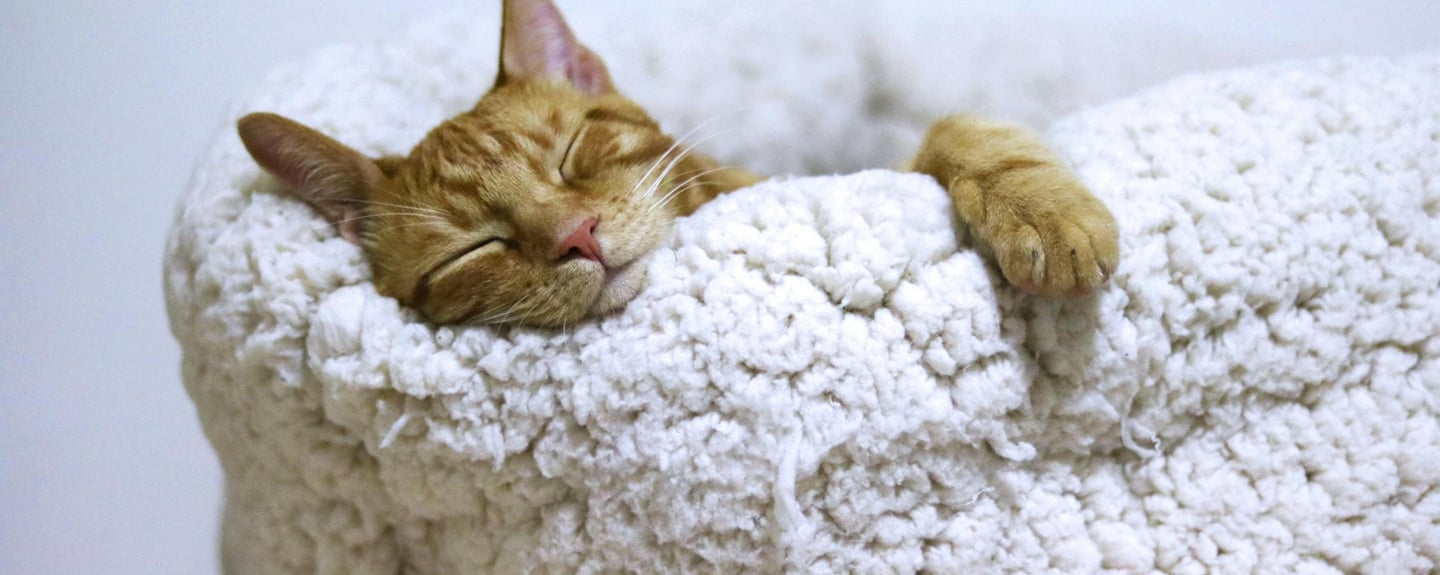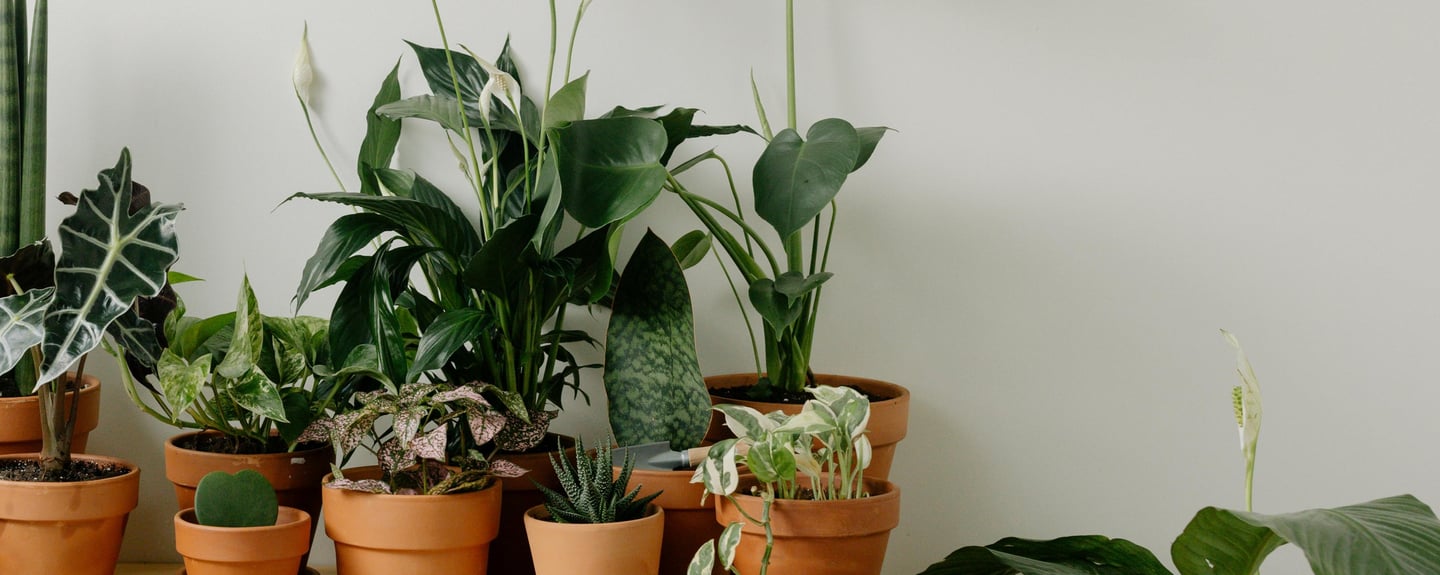Guaranteed Comfort and Complete Care for Your Pet.

Plants Toxic To Cats You Might Already Have in Your Home


Cats often chew, lick, or rub against plants out of curiosity. This playful behavior can turn risky fast. Many Dubai homes keep greenery indoors due to the heat, but some of these may be dangerous. Exotic cat breeds, popular in Dubai, tend to be more sensitive and curious, traits that increase their exposure to risk. Understanding which plants are toxic to cats already inside your home can prevent emergencies. Common house plants toxic to cats may seem harmless, but can cause real harm. Stay aware, and always consult a trusted vet clinic Dubai residents rely on for help with cat safety and plant-related health concerns.
Common House Plants Toxic to Cats
Many people buy plants without realizing how risky they are for cats. Some of the most common house plants toxic to cats show up in garden centers and home décor stores across Dubai. Cats often nibble on leaves, especially curious breeds or exotic cat breeds known for their playful behavior. Some plants cause mild symptoms, while others can be dangerous, so it helps to know what’s in your home. Most common toxic houseplants for cats:
Peace Lily: Causes vomiting and mouth irritation.
Aloe Vera: Can lead to diarrhea and sluggish behavior.
Pothos (Devil’s Ivy): Triggers drooling and burning in the mouth.
Dieffenbachia (Dumb Cane): Can cause painful swelling and irritation.
Philodendron: May cause mouth pain and kidney issues.
Sago Palm: Highly toxic and linked to liver failure.
Spider Plant: Often debated, are spider plants toxic to cats? They’re mildly toxic or hallucinogenic if eaten in large amounts.
Always check the full list of plants toxic to cats before buying. And as soon as you notice the signs, make sure to choose the best cat vet clinic in Dubai for treatment.
Symptoms of Plant Poisoning in Cats
Cats react differently after eating toxic plants, but there are signs every owner should watch for. Vomiting, diarrhea, excessive drooling, and lethargy often show up first. In more serious cases, your cat may have trouble breathing or experience seizures. These reactions can happen shortly after exposure to common house plants toxic to cats. Some symptoms may seem minor at first. Others may look like unrelated issues. For example, vomiting caused by plants might resemble a hairball episode. To tell the difference, make sure you understand the signs and try to prevent hairballs in your cat. Always take symptoms seriously. If your cat shows unusual behavior after being near a plant, contact your vet right away. Quick action can prevent long-term problems.
Make sure you let your cat rest after getting her the treatment!
What to Do If Your Cat Eats a Toxic Plant
If your cat eats a toxic plant, quick action matters. Don’t panic. Stay calm and act with care. Some symptoms appear fast, while others take time. Remove any plant pieces from the cat’s mouth or fur. Avoid home remedies, as these may make the situation worse. Call your vet and explain what plant your cat may have eaten. If symptoms like seizures, vomiting, or trouble breathing begin, take your cat to a hospital for pets right away. Early treatment, such as IV fluids or medication, can save lives. Keep a sample of the plant for identification. Steps to follow:
Stay calm and check your cat’s behavior.
Remove any visible plant parts from the mouth and coat.
Do not induce vomiting or give home remedies.
Call your vet and describe the plant and symptoms.
Go to a hospital for pets if symptoms are serious.
Bring a sample or picture of the plant.
Follow the vet’s instructions closely.
Fast, clear action can make all the difference. Always treat plant exposure as an emergency, even if symptoms look mild at first.
Is Your Cat Reacting to Plants or Something Else?
If your cat seems unwell, plants may not be the only cause. Some cats react to dust, pollen, or food. Symptoms like sneezing, skin irritation, or stomach upset may overlap with signs of poisoning. While asking if spider plants are toxic to cats is valid, it’s also smart to look beyond. Exotic cat breeds may be more prone to sensitivities. To get clear answers, consider veterinary allergy testing. It helps rule out triggers unrelated to plants. Knowing what causes the reaction allows proper care and prevents repeated exposure. Guesswork delays treatment. A fast diagnosis saves lives and avoids future problems. Always act early when something feels wrong with your pet.


There might be other reasons for your cat to show signs of nausea.
How to Keep Your Home Safe for Cats
Creating a safe home for cats starts with knowing what to bring inside. Swap risky plants for safe ones like Areca Palm, Boston Fern, Calathea, or Bamboo Palm. These options look great and won’t put your cat at risk. Exotic cat breeds may be more sensitive, so extra care matters. Instead of plants, offer other forms of enrichment. Try cat grass, wall-mounted perches, or herbs such as catnip and valerian. These give your cat stimulation and help prevent boredom. They also lower the chances of chewing things they shouldn’t. Simple changes like these protect your pets and keep them happy. Always think about their behavior before you redecorate or shop for greenery.
Choose the Right Clinic and Treatment
Choosing the right vet helps protect your cat from hidden dangers, including plants toxic to cats. Pick a clinic that focuses on feline care and understands common plant-related risks. Staff should be trained to spot early signs of poisoning and offer fast treatment. Ask about emergency support and access to IV fluids, anti-nausea medication, and bloodwork. Even indoor cats need regular checkups. Vets can catch small issues before they grow into serious problems. They’ll also give advice on safe plants and toxic ones to avoid. Many exotic breeds are more sensitive, so routine care matters even more. A good vet stays up to date, listens to concerns, and explains options clearly. Building trust with your vet gives you peace of mind. Your cat gets safer, better care when you work with a clinic that knows what to watch for and how to respond quickly.


Get your cat the treatment it deserves!
There Are Many Toxic Plants For Cats, Make Sure You Know Which Are
Many plants toxic to cats are sold in stores and placed in homes without a second thought. Replacing them with safe alternatives protects your pet from serious harm. It also helps reduce unnecessary stress or emergency vet visits. Cats, especially curious or sensitive ones, need a safe space where they can explore without risk. Check your home often. Make sure nothing new has been added that could cause a reaction. If you think your cat may have chewed or swallowed something harmful, don’t wait. Book a check-up at Petland Wellness for fast support and guidance. Early care makes a difference. Stay alert, act fast, and keep your home a safe place for your cat every day.
FAQ
What are the most common house plants toxic to cats?
Peace Lily, Aloe Vera, Pothos, Dieffenbachia, Philodendron, and Sago Palm are some of the most dangerous.
Are spider plants toxic to cats?
Spider plants are mildly toxic. In large amounts, they can cause stomach upset or unusual behavior due to chemical compounds.
What symptoms should I watch for if my cat eats a toxic plant?
Look for vomiting, diarrhea, drooling, lethargy, breathing trouble, or seizures. Seek help right away if symptoms appear.
Should indoor cats still visit the vet regularly?
Yes. Indoor cats face risks too, including exposure to toxic plants. Regular checkups help prevent serious problems.
What should I do if my cat chews a toxic plant?
Remove any plant parts from the mouth or fur. Then contact your vet or go to a hospital for pets immediately.

